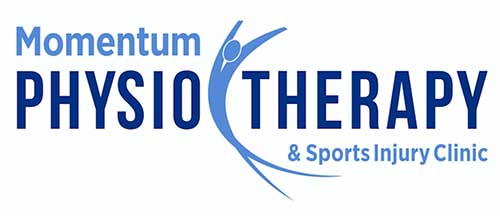Stretching is an essential component of fitness, injury prevention, and rehabilitation. Among the various types of stretching, dynamic and static stretching are the most commonly used.
While both improve flexibility and muscle function, they serve different purposes and should be used at appropriate times. Understanding these differences can help optimize performance, reduce injury risk, and enhance recovery.
If you’re looking for expert guidance on stretching and injury prevention, Momentum Physiotherapy in Maple Ridge can provide personalized recommendations.
What is Dynamic Stretching?
Dynamic stretching involves controlled, active movements that take joints and muscles through a full range of motion. These stretches are typically performed before physical activity to prepare the body for movement.
Benefits of Dynamic Stretching:
- Enhances Blood Flow: Increases circulation to muscles, improving oxygen and nutrient delivery.
- Activates Muscles: Prepares muscles for activity, improving neuromuscular coordination.
- Improves Range of Motion: Enhances mobility by actively stretching and strengthening muscles.
- Reduces Injury Risk: Prepares muscles and joints for dynamic movement, decreasing the likelihood of strains and tears.
- Boosts Performance: Ideal for athletes as it improves agility, speed, and power.
Examples of Dynamic Stretches:
- Leg swings
- Arm circles
- Walking lunges
- High knees
- Hip openers
What is Static Stretching?
Static stretching involves holding a stretch for 15-60 seconds without movement, allowing muscles to elongate gradually. It is commonly used after exercise or during recovery sessions to promote flexibility and relaxation.
Benefits of Static Stretching:
- Increases Flexibility: Lengthens muscles over time, improving long-term flexibility.
- Enhances Recovery: Helps relax muscles and reduce post-workout tightness.
- Reduces Muscle Stiffness: Beneficial for relieving tension and promoting relaxation.
- Improves Joint Mobility: Gradually enhances range of motion in joints.
Examples of Static Stretches:
- Seated hamstring stretch
- Standing quadriceps stretch
- Shoulder stretch
- Butterfly stretch
Comparison: Dynamic vs. Static Stretching
| Feature | Dynamic Stretching | Static Stretching |
|---|---|---|
| Movement | Involves active motion | No movement; held position |
| Best Time to Use | Before exercise | After exercise or during recovery |
| Primary Benefit | Warms up muscles and increases mobility | Improves flexibility and relaxation |
| Effect on Performance | Enhances agility, strength, and coordination | Can slightly reduce muscle power if done before activity |
| Injury Prevention | Prepares muscles for movement, reducing strain risk | Reduces muscle tension post-exercise |
Which is More Effective?
The effectiveness of dynamic vs static stretching depends on the goal:
- For warm-ups and sports performance: Dynamic stretching is more effective.
- For long-term flexibility and recovery: Static stretching is more beneficial.
- For injury prevention: A combination of both can be ideal—dynamic before activity, static after.
How Physiotherapy in Maple Ridge, BC Can Help
If you’re unsure about which stretching routine is best for you, a physiotherapist can provide expert guidance tailored to your needs. Whether you’re recovering from an injury, improving athletic performance, or enhancing mobility, a customized stretching plan can make a significant difference.
Conclusion
Both dynamic and static stretching offer unique benefits. Dynamic stretching is best for preparing muscles before exercise, while static stretching is effective for flexibility and recovery. Incorporating both into a routine ensures optimal mobility, performance, and injury prevention.
For professional advice, physiotherapy, and personalized stretching plans, book a session with Shannon, Norm, Farron or Susan at Momentum Physiotherapy Clinic in Maple Ridge, BC to maximize your results and prevent injuries.

